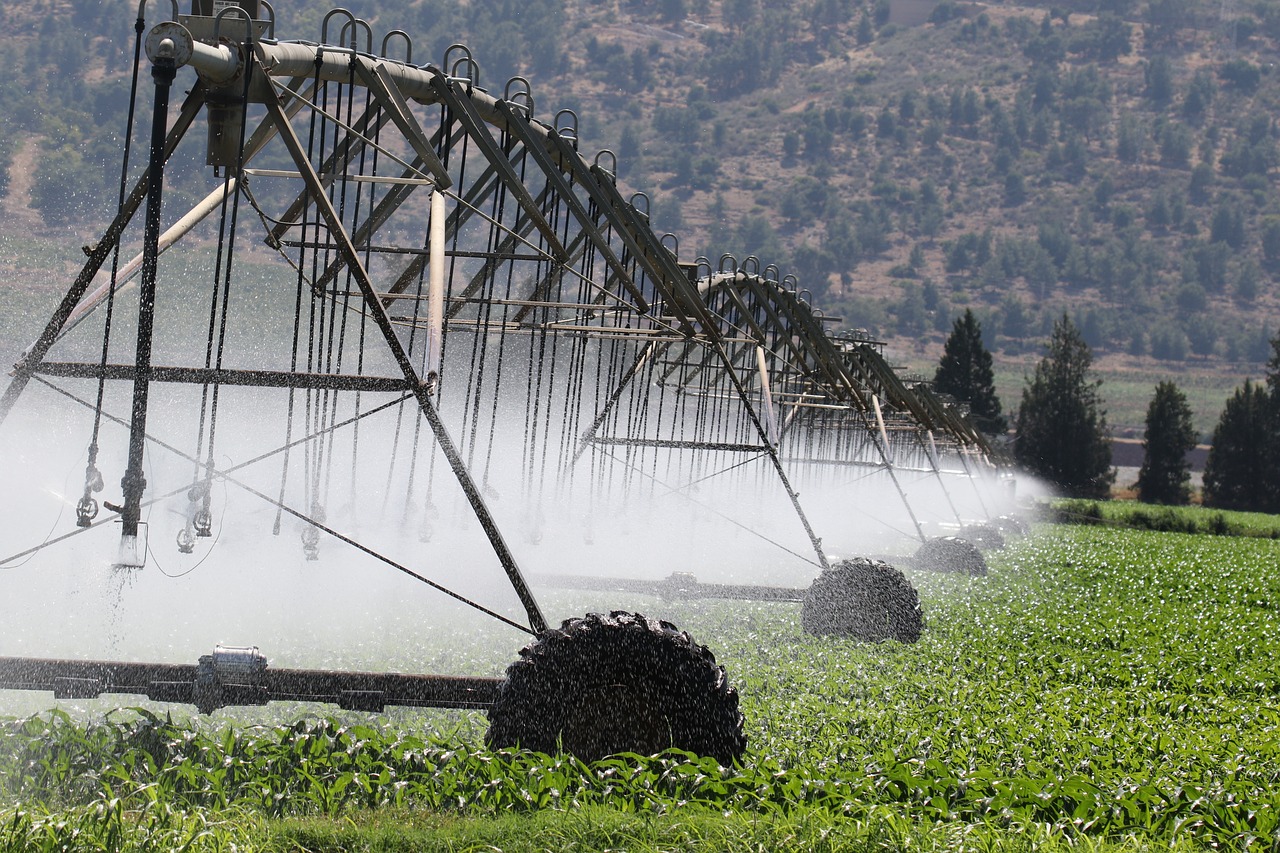This post may contain affiliate links which means I may receive a commission for purchases made through links. Learn more on my Private Policy page.
Hello there! If you’re looking to optimize your farm irrigation system for maximum efficiency, you’ve come to the right place. In this article, we will explore the key factors to consider when sizing your farm irrigation system, ensuring that you are utilizing resources effectively and maximizing the productivity of your crops. Whether you’re new to farming or looking for ways to improve your current irrigation setup, these tips will help you achieve your goals. Let’s dive in and learn how to properly size your farm irrigation system for optimal efficiency.
How To Properly Size Your Farm Irrigation System For Maximum Efficiency
Are you a farmer looking to maximize your crop yield while minimizing water usage? Properly sizing your farm irrigation system is crucial for achieving these goals. In this article, we will guide you through the process of determining the right size for your irrigation system to ensure maximum efficiency on your farm.

Understanding Your Farm’s Water Needs
Before you can determine the size of your farm irrigation system, you need to understand your farm’s water needs. Factors such as soil type, crop type, climate, and topography all play a role in how much water your crops will require. Conduct a thorough assessment of your farm to determine how much water your plants need to thrive.
Calculating Water Requirements
To properly size your farm irrigation system, you need to calculate your farm’s water requirements. This can be done by considering factors such as crop water requirements, evapotranspiration rates, and irrigation system efficiency. Use the following equation to calculate your water requirements:
Water Requirement (WR) = Crop Water Requirement (CWR) x Area x Crop Coefficient x ETc
By accurately calculating your farm’s water requirements, you can ensure that your irrigation system will provide the necessary amount of water to your crops without wastage.
Selecting the Right Irrigation System
Once you have determined your farm’s water requirements, it’s time to select the right irrigation system. There are several types of irrigation systems available, including drip irrigation, sprinkler irrigation, and flood irrigation. Consider factors such as water efficiency, cost, and ease of maintenance when choosing the best system for your farm.
Drip Irrigation
Drip irrigation is a water-efficient irrigation system that delivers water directly to the roots of your plants. This method reduces water wastage and is ideal for farms with limited water resources. Consider using drip irrigation for crops that require precise watering, such as fruits and vegetables.
Sprinkler Irrigation
Sprinkler irrigation is a popular choice for many farmers due to its versatility and ease of use. This system uses sprinklers to distribute water over a large area, making it suitable for farms with uneven terrain. Sprinkler irrigation is ideal for crops that require uniform watering, such as grasslands and grains.
Flood Irrigation
Flood irrigation involves flooding the entire field with water, allowing it to seep into the soil and reach the plant roots. While this method may not be as water-efficient as drip irrigation, it is suitable for farms with high water availability. Flood irrigation is commonly used for crops such as rice and sugarcane.
Calculating Irrigation System Capacity
Once you have selected the right irrigation system for your farm, it’s time to calculate the system’s capacity. The capacity of your irrigation system will determine how much water it can deliver to your crops in a given period. Use the following equation to calculate your irrigation system capacity:
Irrigation System Capacity (ISC) = Water Requirement (WR) / Irrigation Efficiency
By accurately calculating your irrigation system’s capacity, you can ensure that it will provide enough water to meet your farm’s needs efficiently.

Designing Your Irrigation System
Designing your irrigation system involves determining the layout of pipes, valves, and emitters to deliver water to your crops effectively. Consider factors such as water pressure, flow rate, and elevation changes when designing your irrigation system to ensure optimal performance.
Layout
Plan the layout of your irrigation system to minimize water wastage and ensure uniform water distribution across your farm. Consider the location of water sources, crop rows, and terrain when designing the layout of your irrigation system.
Pipe Sizing
Properly sizing your irrigation system pipes is crucial for delivering water efficiently to your crops. Use the following table to determine the pipe size based on the flow rate of your irrigation system:
| Flow Rate (GPM) | Pipe Size (Inches) |
|---|---|
| Up to 5 | 1/2 |
| 5-8 | 3/4 |
| 8-12 | 1 |
| 12-18 | 1 1/4 |
| 18-22 | 1 1/2 |
| 22-30 | 2 |
Proper pipe sizing will ensure that water is delivered efficiently to your crops without any interruptions.
Emitter Selection
Choosing the right emitters for your irrigation system is crucial for delivering water precisely to your plants. Consider factors such as emitter flow rate, spacing, and type when selecting emitters for your system. Use emitters that are compatible with your crop type and water requirements to ensure optimal performance.
Monitoring and Maintenance
Once your farm irrigation system is up and running, it’s essential to monitor and maintain it regularly to ensure maximum efficiency. Monitor factors such as water pressure, flow rate, and system performance to identify any issues early on. Conduct routine maintenance such as cleaning filters, checking for leaks, and adjusting emitters to keep your system running smoothly.
By properly sizing your farm irrigation system and following these guidelines, you can maximize your crop yield while conserving water resources. Remember to consider factors such as water requirements, irrigation system selection, capacity calculation, and system design when planning your farm irrigation system. With the right system in place, you can achieve maximum efficiency and success on your farm.

This post may contain affiliate links which means I may receive a commission for purchases made through links. Learn more on my Private Policy page.
